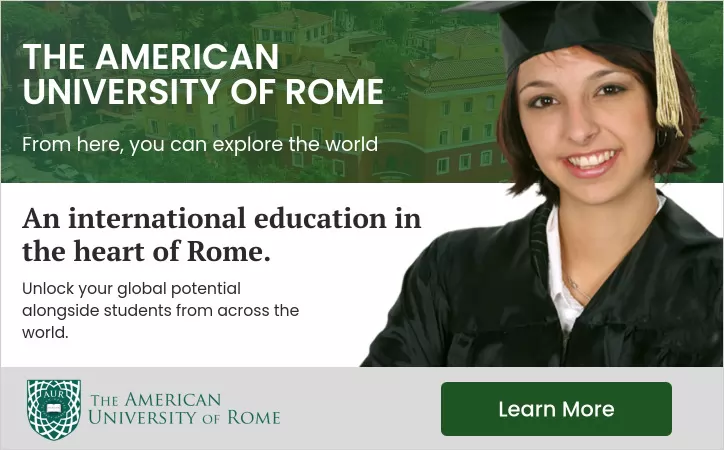Recovering the spirit of Rome's EUR district.
We have to start with the past in order to get to know our future, says Francesco Innamorati, head architect overseeing the restoration of Palazzo della Civilt Italiana in the EUR area in south Rome. Originally conceived to celebrate Italian excellence in arts, science and culture, the building has never been fully put to use, having only been partially rented out for offices. With this new project, however, it is set to become La Cittadella della Multimedialit (the multi-media citadel) by 2007.
Innamorati is one of the 100 employees at EUR Spa, formerly known as Ente EUR, a predominantly state-funded organisation created in 1936 to oversee new building in the area and which now maintains, promotes and develops its historic monuments. Our goal is to involve the public and provide an inviting environment so that everyone can understand and embrace this rich culture and history. We want to incorporate the original ideas [of the palazzos design] but in a current context, Innamorati explains with passion.
Designed in 1937 by Giovanni Guerrini, Ernesto Bruno La Padula and Mario Romano and completed six years later, the building, nicknamed Il Colosseo Quadrato (The Square Colosseum), is considered to be one of the architectural icons of fascist Rome. Square, cold and imposing in travertine marble, at 68 m in height it towers over its surroundings and covers 8,400 sqm. Six vertical rows of arches by nine horizontal ones symbolise the number of letters in the names Benito and Mussolini respectively, in homage to the dictator who conceived EUR to celebrate the 20th anniversary of the 1922 march on Rome. The quarter was originally named E42 and was designed to host an esposizione celebrating the arts in 1941-42. The event never came to fruition due to the outbreak of world war two and the areas name was changed to EUR (Esposizione Universale di Roma).
The parallelepiped building has 28 statues around its base, representing the arts, trades and Italian civilization. On each of its four facades is the now famous and often parodied inscription a nation of poets, artists, heroes, saints, thinkers, scientists, navigators, transmigrators (un popolo di poeti di artisti di eroi di santi di pensatori di scienziati di navigatori di trasmigratori).
The theme of the new project is not drastically different from the original concept of a building celebrating Italys glory, but with a modern, user-friendly twist. Each of the eight floors will be utilised to pay tribute to Rome, to Italy, its culture and people and their influence around the world.
An ambitious collaboration between the ministry of fine arts and cultural heritage and EUR Spa will see the ground and first floors restructured to house the official Italian sound archives (la discoteca di stato) and a new audiovisual museum. The old archives are to be moved from their current location in Via Michelangelo Caetani in the historic centre, which is now too small to store all the recordings.
The ground and first floors will also have shops, businesses, a reading room for periodicals, a bar and film halls. Administrative offices will fill the second floor of the building. On the third, fourth and fifth floors will be spaces for temporary exhibitions, each sponsored by different foundations.
One of the two high-quality restaurants will be on the sixth floor, coupled with a Made in Italy exhibition space dedicated to national products. The theme of the seventh floor will be wine, with a bar, a shop and an exhibition space. The eighth-floor terrace will house a panoramic restaurant, as originally designed in the preliminary project of 1937. The hope of all involved EUR Spa, its architects and engineers is that this modern Colosseum will stand as both a symbol and a bridge between the past and the future.
The project is just one of the many initiatives currently underway to make EUR a more attractive area of the city. Already the zone has become a highly desirable and popular residential area and it hosts offices of several ministries and multinational corporations including the ministry of health, the ministry of communications, the Banca di Roma and the energy conglomerate ENI. The area also boasts cultural treasures such as the Museo della Civilt Romana, the Museo Nazionale Preistorico Etnografico and the Museo dellAstronomia with a new planetarium which opened in 2004.
Whats more, architect Massimiliano Fuksass Nuvola, a cloud-shaped auditorium made of steel and Teflon suspended in mid-air and designed to seat 1,800 participants for meetings and conventions, is due to be completed within the next three years.
Although EUR may not be the first on your list of places to visit while in Rome, with arts already in place, the multimedia project underway and the new conference centre on the horizon, it has certainly come a long way since the 1930s.


















